
- Subject:
- Applied Science
- Biology
- Life Science
- Material Type:
- Module
- Author:
- OpenStax College
- Date Added:
- 07/18/2021

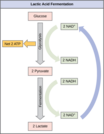
By the end of this section, you will be able to:Discuss the fundamental difference between anaerobic cellular respiration and fermentationDescribe the type of fermentation that readily occurs in animal cells and the conditions that initiate that fermentation
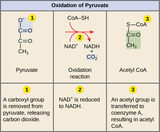
By the end of this section, you will be able to:Explain how a circular pathway, such as the citric acid cycle, fundamentally differs from a linear pathway, such as glycolysisDescribe how pyruvate, the product of glycolysis, is prepared for entry into the citric acid cycle
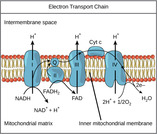
By the end of this section, you will be able to:Describe how electrons move through the electron transport chain and what happens to their energy levelsExplain how a proton (H+) gradient is established and maintained by the electron transport chain

By the end of this section, you will be able to:Describe how feedback inhibition would affect the production of an intermediate or product in a pathwayIdentify the mechanism that controls the rate of the transport of electrons through the electron transport chain
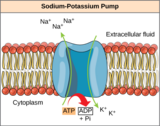
By the end of this section, you will be able to:Explain the role of ATP as the cellular energy currencyDescribe how energy is released through hydrolysis of ATP

By the end of this section, you will be able to:Explain what metabolic pathways are and describe the two major types of metabolic pathwaysDiscuss how chemical reactions play a role in energy transfer
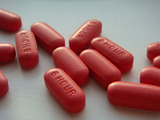
By the end of this section, you will be able to:Describe the role of enzymes in metabolic pathwaysExplain how enzymes function as molecular catalystsDiscuss enzyme regulation by various factors

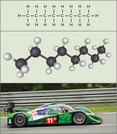
By the end of this section, you will be able to:Define “energy”Explain the difference between kinetic and potential energyDiscuss the concepts of free energy and activation energyDescribe endergonic and exergonic reactions
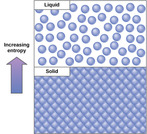
By the end of this section, you will be able to:Discuss the concept of entropyExplain the first and second laws of thermodynamics
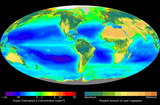
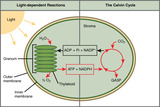
By the end of this section, you will be able to:Explain the relevance of photosynthesis to other living thingsDescribe the main structures involved in photosynthesisIdentify the substrates and products of photosynthesisSummarize the process of photosynthesis

By the end of this section, you will be able to:Explain how plants absorb energy from sunlightDescribe short and long wavelengths of lightDescribe how and where photosynthesis takes place within a plant

By the end of this section, you will be able to:Describe the Calvin cycleDefine carbon fixationExplain how photosynthesis works in the energy cycle of all living organisms

By the end of this section, you will be able to:Understand how electrochemical gradients affect ionsDistinguish between primary active transport and secondary active transport
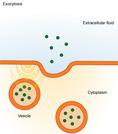
By the end of this section, you will be able to:Describe endocytosis, including phagocytosis, pinocytosis, and receptor-mediated endocytosisUnderstand the process of exocytosis

By the end of this section, you will be able to:Understand the fluid mosaic model of cell membranesDescribe the functions of phospholipids, proteins, and carbohydrates in membranesDiscuss membrane fluidity

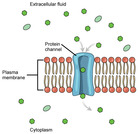
By the end of this section, you will be able to:Explain why and how passive transport occursUnderstand the processes of osmosis and diffusionDefine tonicity and describe its relevance to passive transport